The customer journey is littered with possible frustrations. Observation can become a powerful tool for key improvements.

In a retail environment, we need the experience of our customers to be unique, memorable, and enjoyable. We spend considerable resources on analytical tools, our CRM systems, and survey mechanisms. They all have their place with many insights being given. However, I have recently been spending time with a design business and watching their problem solving process has been fascinating. They do not get straight onto their CADD System (Computer-Aided Design & Drafting System), or go straight to the workshop. They watch and become the user. They take a comfortable seat out of the way and they observe the challenge first hand. Then they get involved themselves – they get into the shoes of the user. More observation is then completed. This is done for as long as it takes. An hour, a day, a week, a few weeks. The goal is to understand the answer to one key question: Where is the key point of the experience causing frustration? On or off-line.
Being customer-centric is more than asking your staff to drop tasks to approach people when entering the store. It is to strategically take the time out to understand where your customer experience has friction. Where are the pain points regarding servicing customers? For store layout, we may observe bottle necks. For e-commerce, it may be the extra click that is not necessary. Whatever your form of retail, it is critical to track the customer experience visually in real time, and to experience it yourself.
There are multiple areas in a retail business to observe, and there are multiple experiences to understand. Strategically setting aside short periods of time regularly to observe is a great initiative to improve your customer service. Like a good designer be sure to start by being present and seeing things for yourself, and understand the customer frustration before hitting the workshop!
As a manager, I would often set my team up during busy periods and float through the store. On occasion, I would take a seat next to the plant boxes out of the way. I became invisible as I watched the whole customer journey. This became one of my most valuable tools to gain insight into customer frustrations, as well as frustrations my team were suffering from.
Invest in being present and observing customer frustrations with your own eyes. By feeling it yourself the motivation for improvements will be stronger and the results for your customers will speak for themselves.
Paul has over 15 years of Sales, Marketing, and Management experience from small independent business all the way through to the corporate world. Working with small business leaders, Paul focuses on team dynamics, systems, and adaptability to positively impact revenue. For more information visit http://fresheyesolutions.com/





















